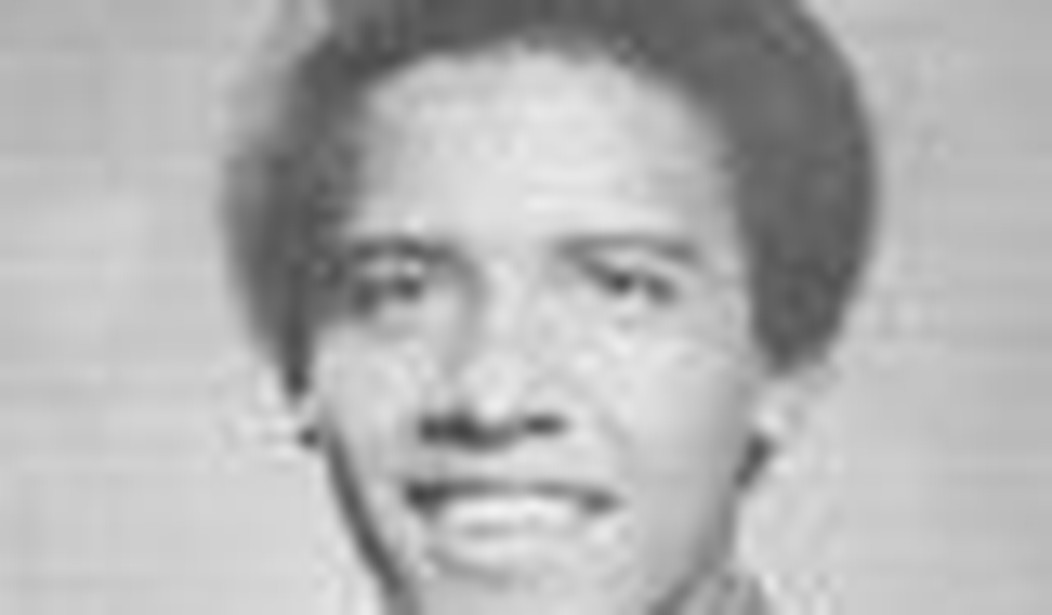Remember how the press made George Bush’s tax rate cuts look so “huge” in 2001 and 2003?
A March 10, 2001, New York Times article by reporters Frank Bruni and Richard W. Stevenson typified the approach. The trick was to talk about the (scary) $1.6 trillion impact of the “cuts” while minimizing attention to their time frame. At the linked article, the reporters waited until the ninth paragraph to tell us that it was a “$1.6 trillion, 10-year package” — that is, a less intimidating average reduction of $160 billion a year.
Using consistent language, Barack Obama’s tax proposals involve tax hikes of at least $2 trillion, and possibly $3 trillion, over the next 10 years.
Obama would bring tax policy back to the 1970s, or about where we were before the Reagan-era tax rate cuts that triggered the Seven Fat Years of 1983-1989. Despite being partially offset by Bush 41’s and Bill Clinton’s rate hikes, the Reagan rate cuts and their remnants propelled the economy forward almost non-stop for nearly 18 years until the 2000 bubble burst.
Using “static analsyis,” the non-business press and rate cut opponents assumed that Reagan would deprive the government of huge sums of money. Supply-side rate cut proponents knew better, and predicted that more money, not less, would flow into the federal treasury, as the unleashed economy would grow faster than if rates were not changed.
That supply-siders’ predictions were correct is indisputable. Congressional Budget Office data show that federal fiscal year receipts increased by 65% from 1983 to 1989 — a compound annual rate of 8.7%.
The Bush rate cut success story is similar. While the rate reductions on earned income were less substantial than many would have liked, bringing the top rate down only to 35% from Clinton’s 39.6%, the 2003 Bush capital gains and dividend rate cuts were more aggressive than their Reagan-era counterparts.
Those investment-related rate cuts have favorably influenced behavior far beyond even proponents’ wildest dreams. Federal fiscal year receipts increased by 44% from 2003 to 2007 — a compound annual rate of 9.6%. Even in fiscal 2008, as the media and Alan Greenspan obsess over a possible recession, federal receipts before economic stimulus payments are on track to increase by about 4%. April 2008 receipts set an all-time single-month record.
If a President Barack Obama gets his desired tax increases, he will show us that supply-side economics has a painful reverse gear. Just as Uncle Sam never had to do without the $1.6 trillion the New York Times and the rest of the media fretted over in 2001, an Obama administration will never see anywhere near the multi-trillion-dollar tax increase windfall it hopes for.
Let’s look at the static Obama numbers. I started with the most recent available IRS tax return data from 2005 (specifically Table 1.4, a download accessible at this IRS link). Adjusting for estimated inflation since then, and naively assuming no change in behavior, here are my first-year lowball estimates of the impacts of the major proposed tax hikes:
- Obama has said he will let the Bush tax rate cuts expire for incomes over $250,000. This will push those taxpayers into either the 36% bracket (up from 33%) or the 39.6% bracket (up from 35%). Estimated annual impact, before considering the investment-related items that follow: at least $110 billion.
- Although waffling a bit, it appears that Obama plans to increase the capital gains rate nearly to its pre-2003 level, and to once again make dividends fully taxable as ordinary income — again, apparently, on incomes of over $250,000. Estimated annual impact: at least $50 billion.
- Third, as discussed in last week’s column, Obama plans to impose the Social Security payroll tax on all income from work and self-employment above $250,000. Estimated impact: at least $40 billion.
That’s at least $200 billion a year in tax hikes; if 2007 IRS data were available, we might find that the static impact is really closer to $300 billion. Consistent with media treatment earlier this decade, we’re talking about “at least $2 trillion (over the next 10 years).”
But Uncle Barack will never see most of that revenue, because taxpayers will make adjustments. Among them: CEOs will restructure their pay packages; entrepreneurs will work less hard and pay themselves lower salaries; investors will move funds between investments less often and push for smaller dividend payouts. In the Wall Street Journal last week, Lawrence Lindsey estimated that the Social Security payroll tax hike alone will “make the private sector $5 poorer … [and only] make the government $1 richer.”
Barack Obama, in bringing back the tax structure of the 1970s, would cause many of the highest earning taxpayers with income from work or self-employment to face a top marginal rate of 60% or more: 39.6% federal, 12.4% Social Security, 2.9% Medicare, and often 5% or higher state and local income taxes.
This is one 1970s show that we don’t need to see. Economic stagnation in the name of class warfare doesn’t play well, even in reruns.









Join the conversation as a VIP Member